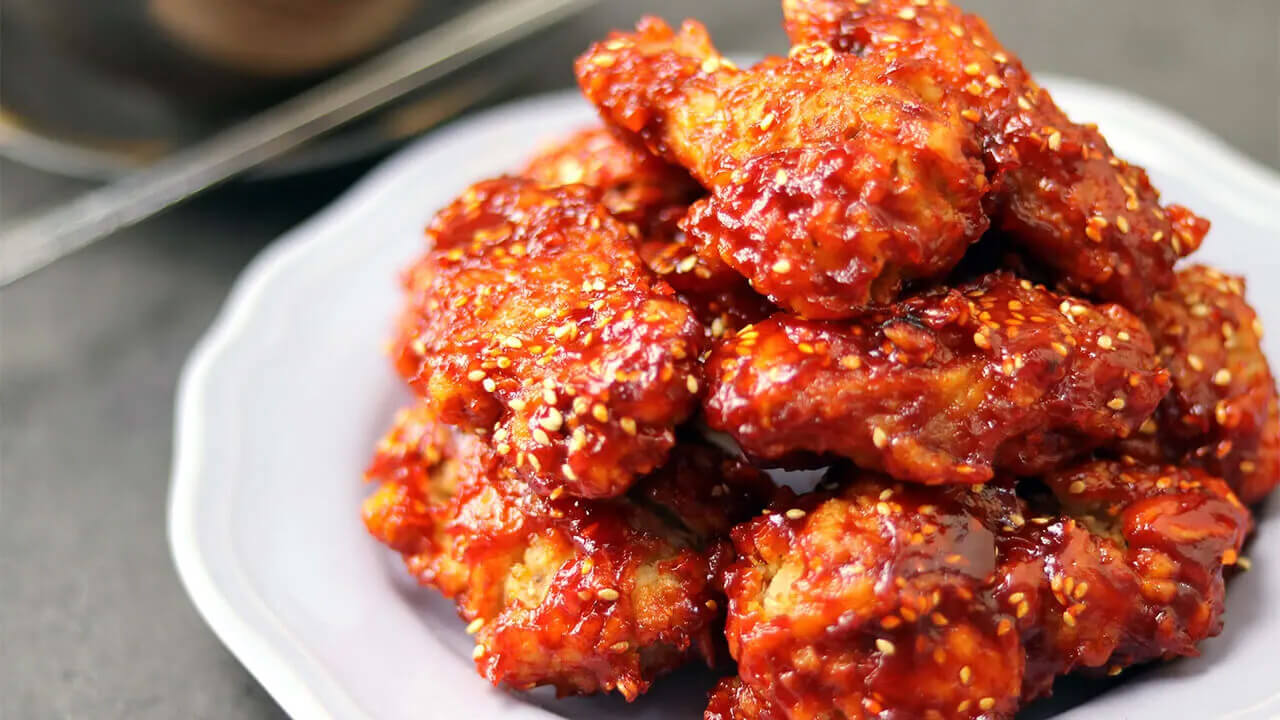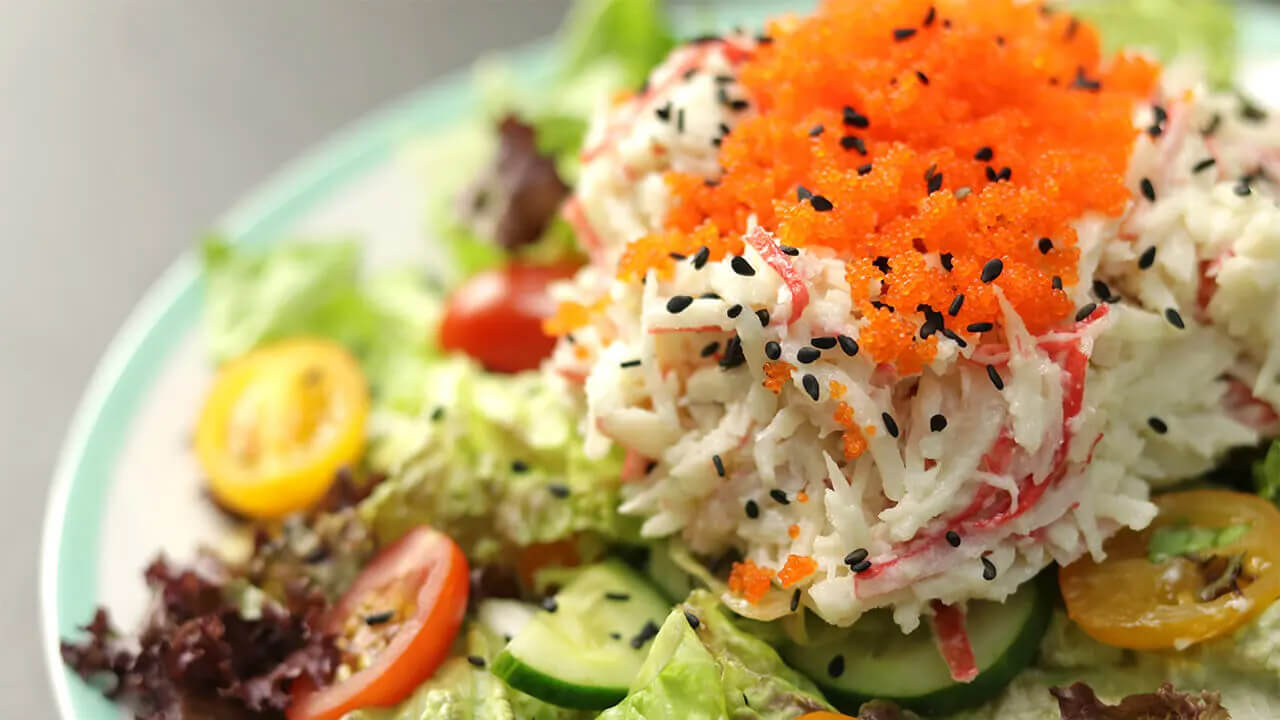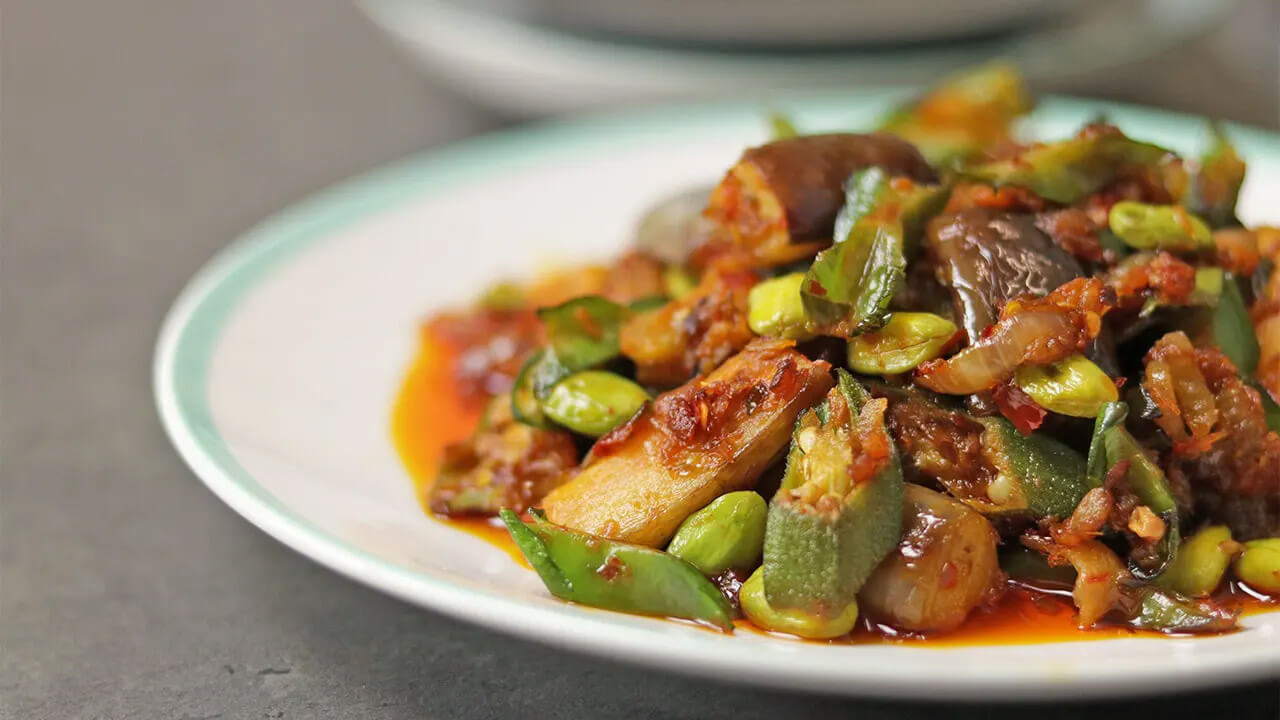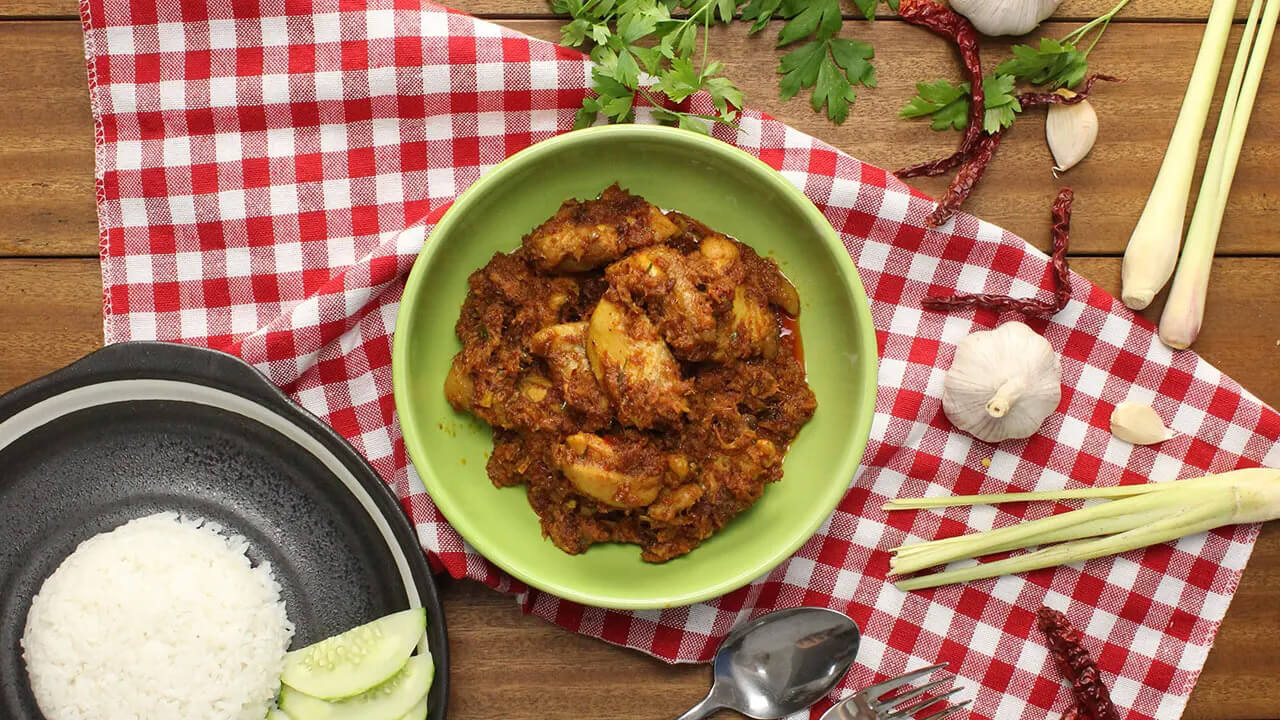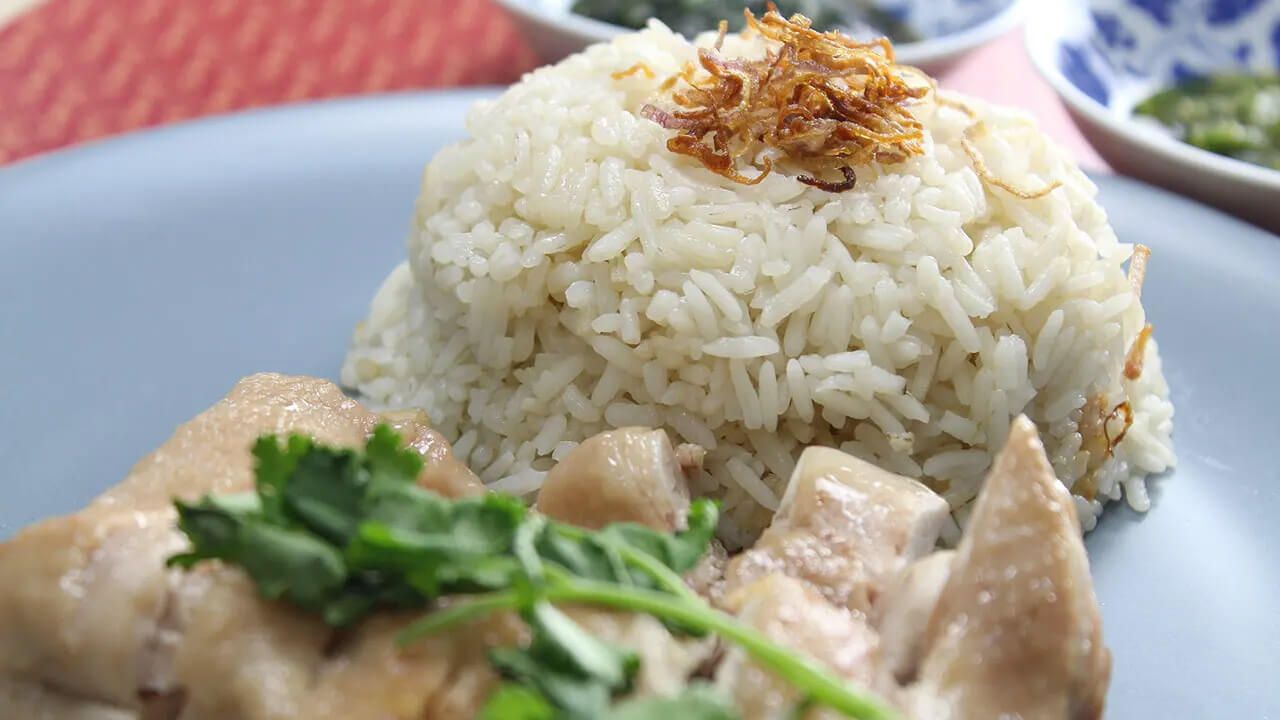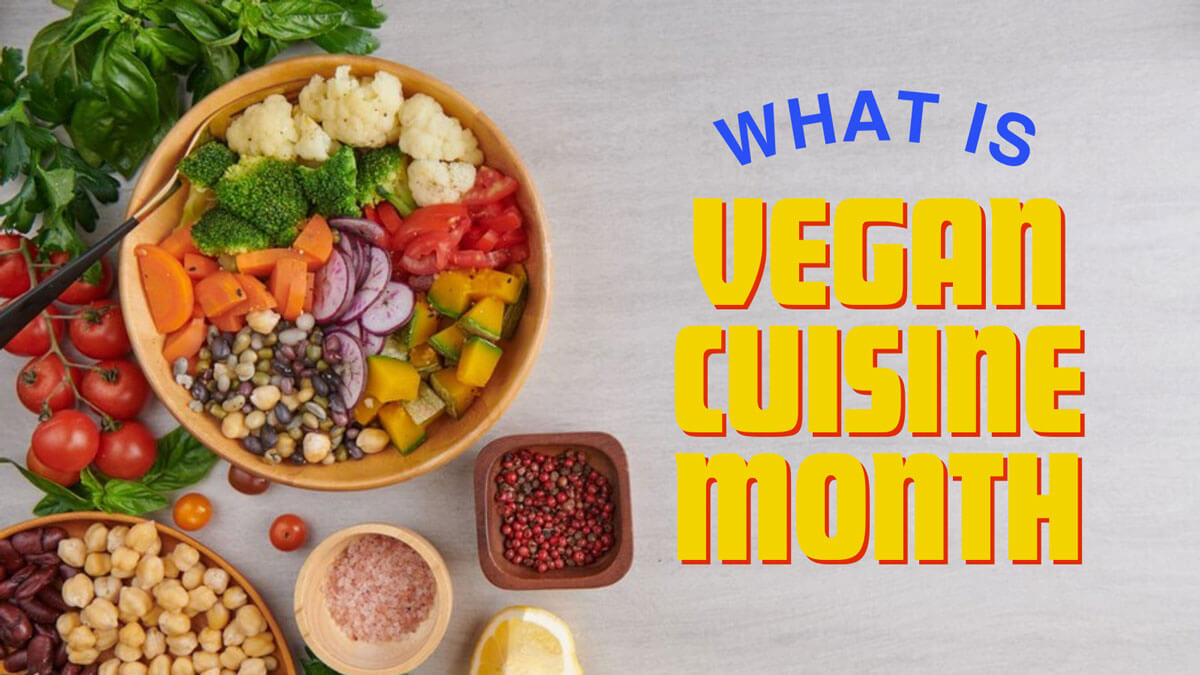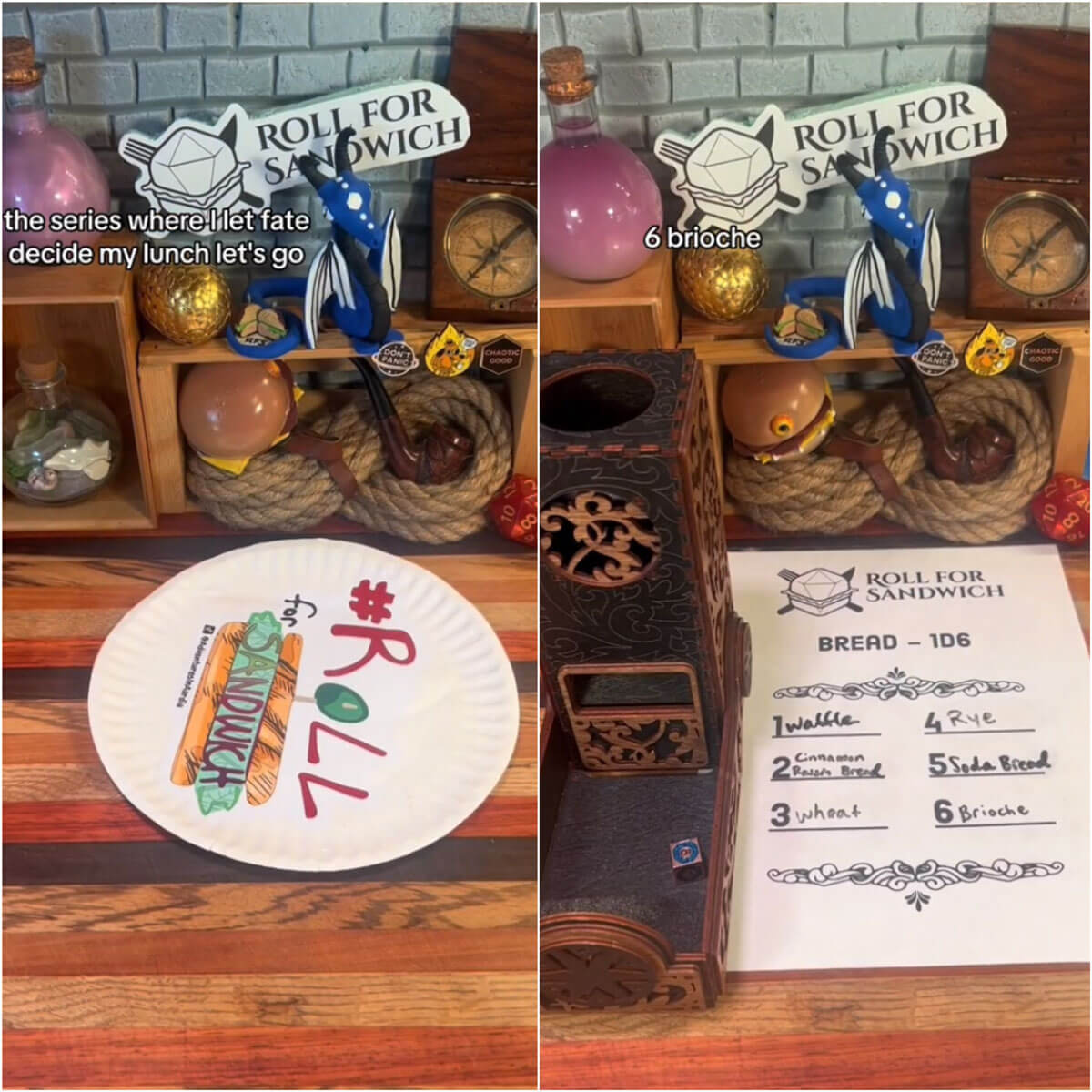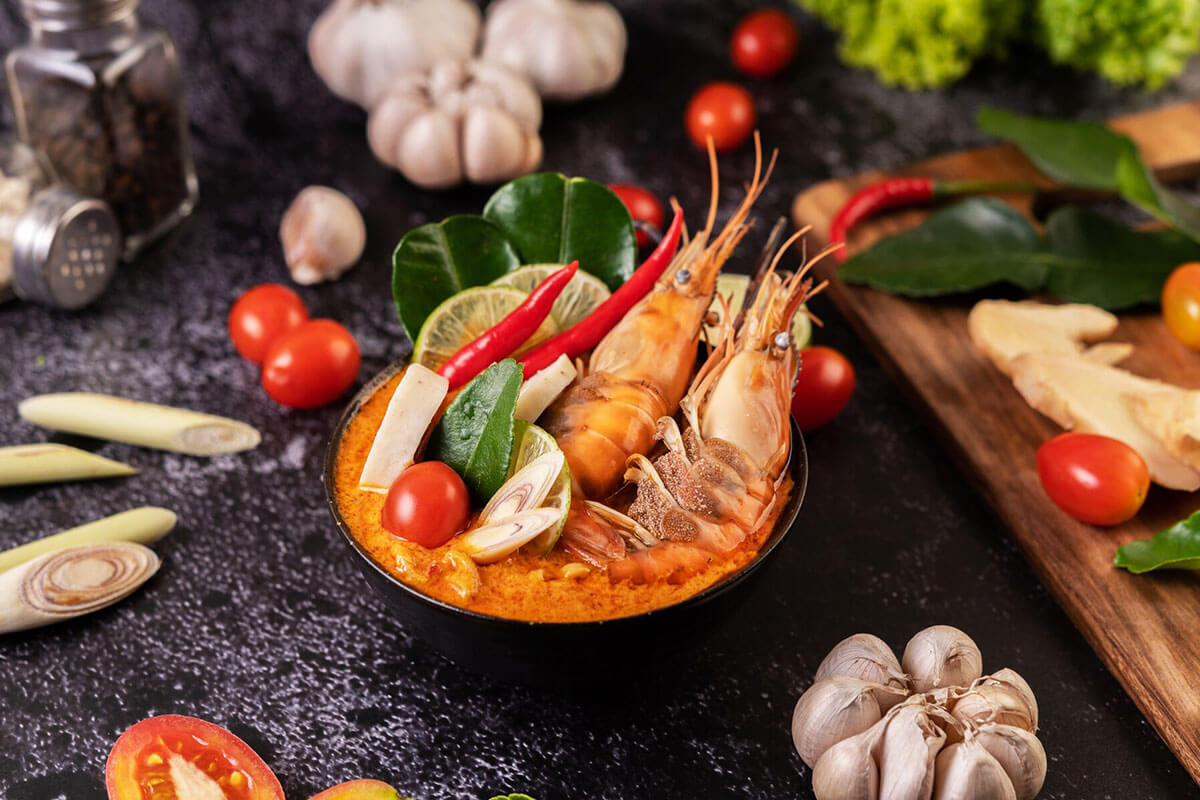
To many around the globe, Yom Yum Goong is to Thai food what fried rice is to Chinese fare, or sushi is to Japanese cuisine.
It’s so popular that you’d be hard-pressed to find a Thai restaurant anywhere in the world that doesn’t serve the dish. But did you know, tom yum isn’t always that red, sour and spicy – often sweat-inducing – soup that we’re familiar with?
When translated, tom yum means a broth made with a mix of ingredients; and like fried rice or sushi, basically anything goes (if you ignore the foodie snobs that is).
So let’s explore the lesser-known varieties of this versatile dish.
Tom Yum Nam Sai
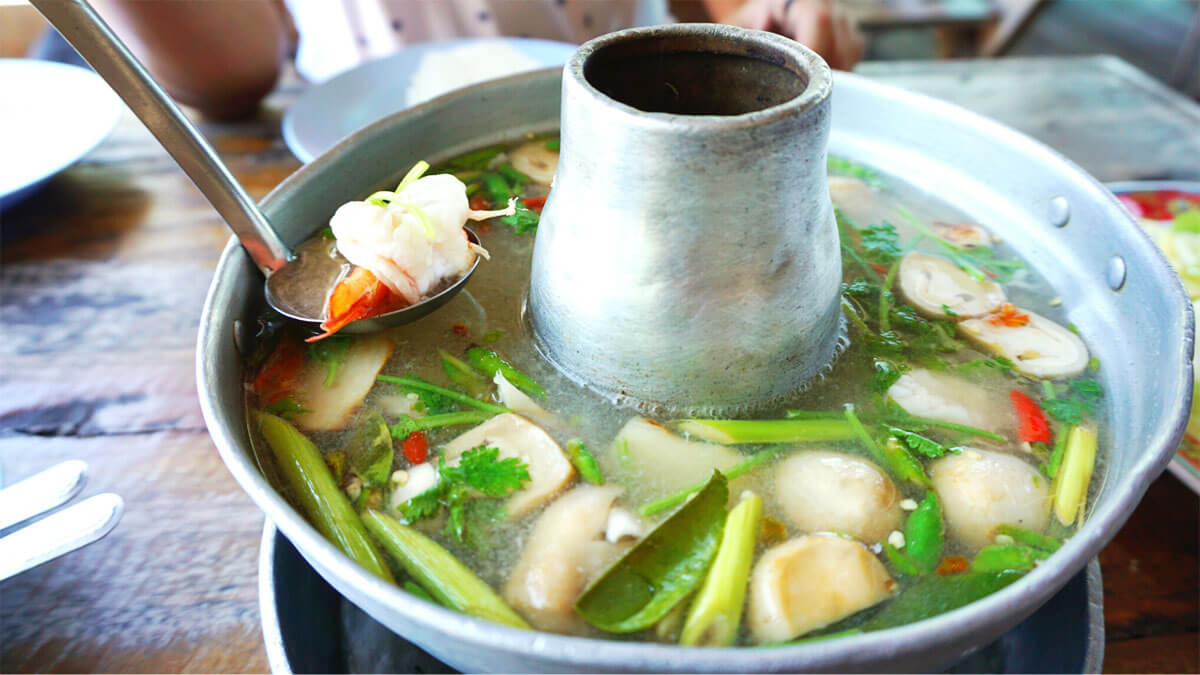
This particular version of tom yum doesn’t look like its more popular cousin – instead of a fiery-red appearance, Tom Yum Nam Sai consists of a clear broth. But don’t let its unassuming looks deceive you – this dish can be quite spicy.
It’s made with all the usual ingredients such as lemongrass, galangal, kaffir lime leaves, and plenty of chilli. What sets it apart is the absence of roasted chilli paste and coconut cream or evaporated milk usually used in tom yum goong, making it lighter and more refreshing.
Tom Yum Po Taek
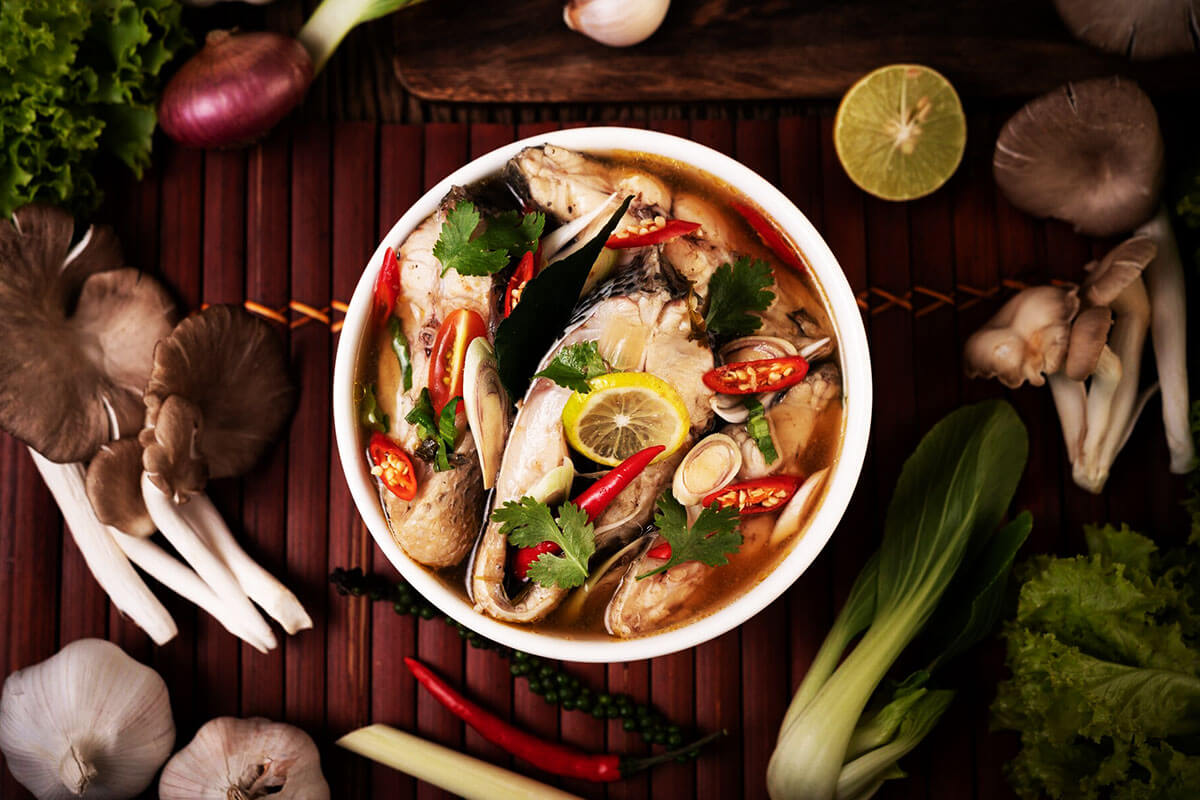
While its cousin, the tom yum nam sai typically only contains shrimp. Tom Yum Po Taek goes way heavier on the seafood and other proteins – think mussels, squid, chicken, pieces of fish, and even crab.
Like the tom yum nam sai, this soup is also made with a clear broth and consists of a mix of lemongrass, galangal, and kaffir lime leaves.
This is a protein-heavy dish, making it quite a substantial meal and can even be eaten without rice or noodles.
Tom Yum Boran
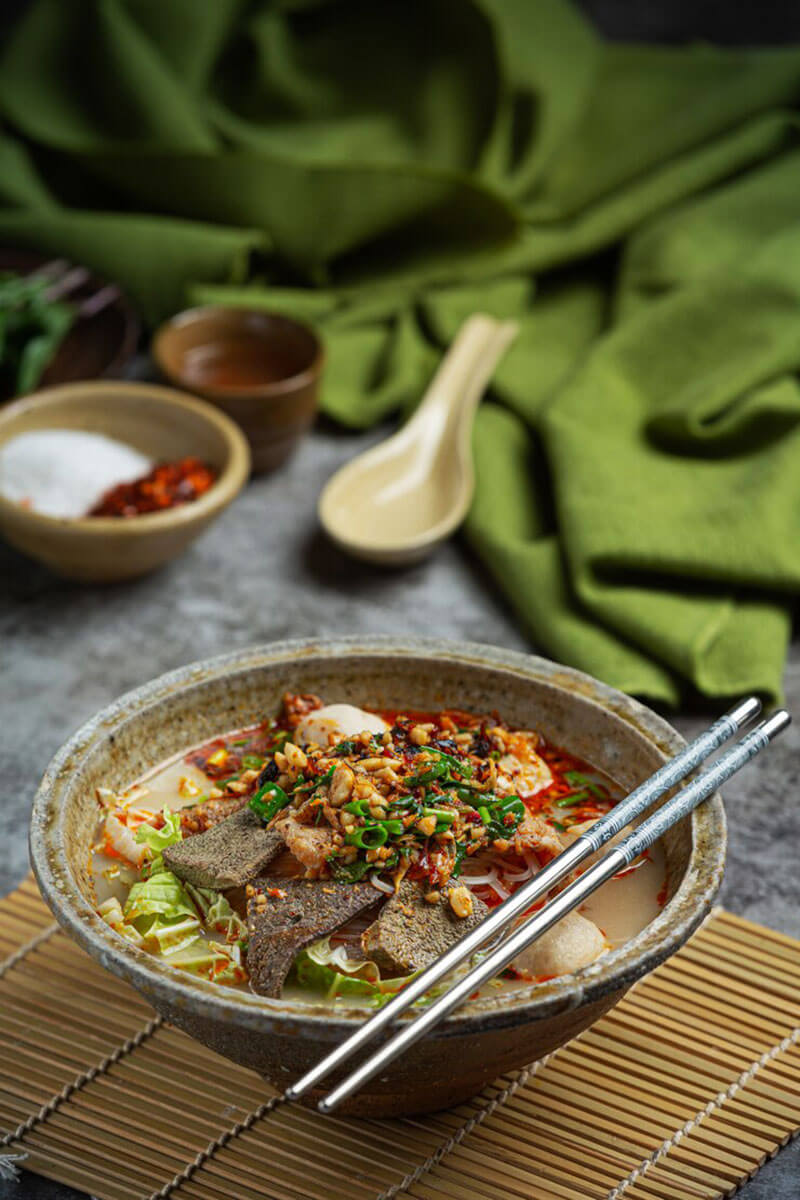
Like many great dishes, tom yum is deeply rooted in Thai tradition – none more so than Tom Yum Boran; and the name aptly translates to ancient (read traditional) soup.
What sets this dish apart from its peers is its use of pork and egg in the broth – then simmered until it develops a silky texture. To complete a bowl of tom yum boran, rice noodles are added, then crushed peanuts, bean sprouts, and scallions are added for texture.
MaMa Oh Ho
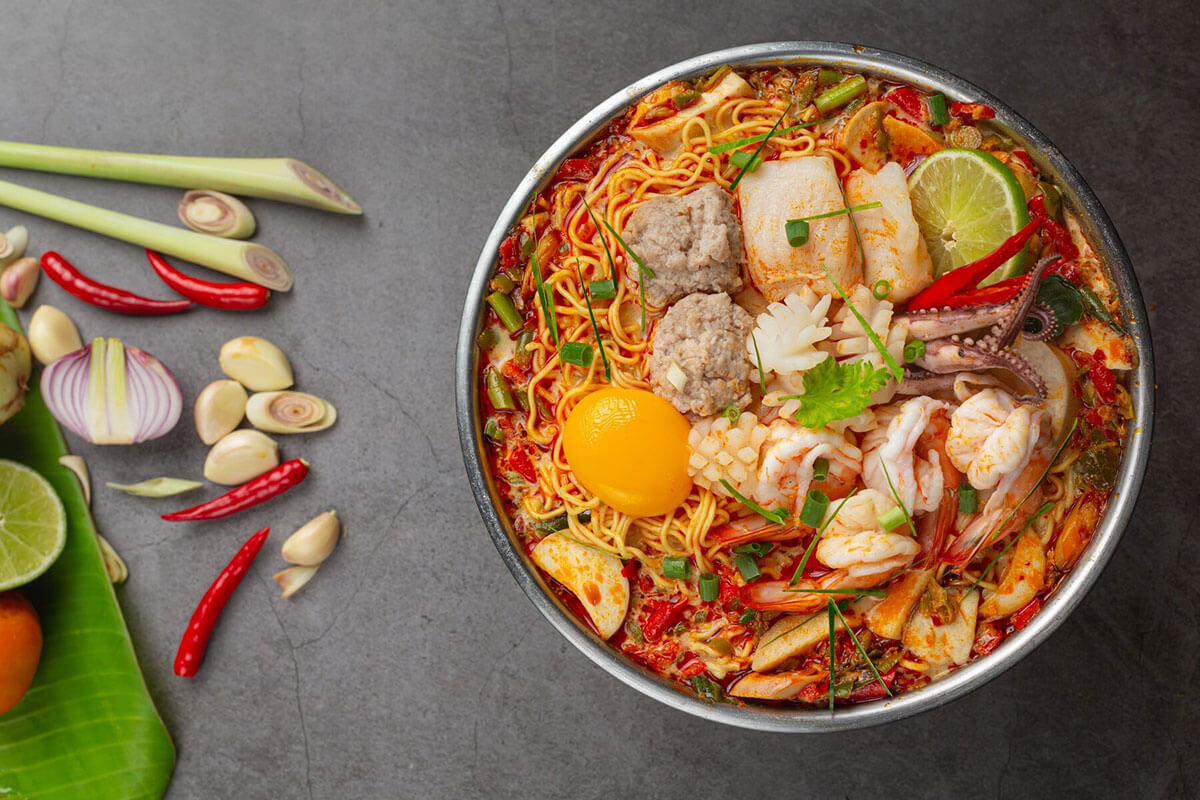
For a more modern take on tom yum, MaMa Oh Ho’s ingredients are a medley of non-traditional (but also very delicious) ingredients – instant noodles in thick tom yum broth topped with raw egg yolks, crispy fried pork, pork balls, and slices of lime.
If this meal sounds familiar, that’s because you’ve likely seen it on several Thai restaurant menus looking to emulate this meat lovers dream dish.
MaMa Oh Ho takes its name from two sources – the first is the fact that it uses instant noodle packets from the popular Mama brand; and the second is from its place of origin, Jeh Oh’s Khao Tom Pet, a now Michelin Guide Bib award-winning restaurant.
In a Nutshell
While we’ve only scratched the surface of how versatile tom yum can be, we’re hoping we’ve convinced you to embark on the Land of Smiles to discover even more delicious tom yum variations for yourself!
